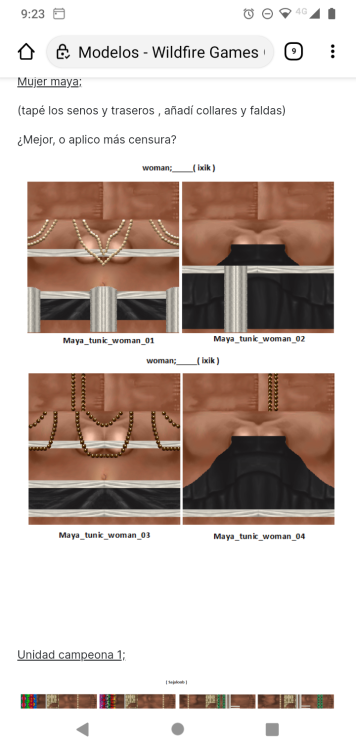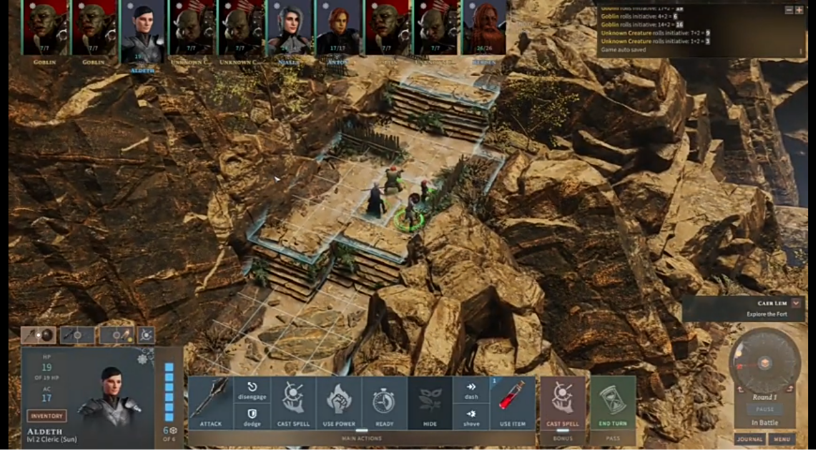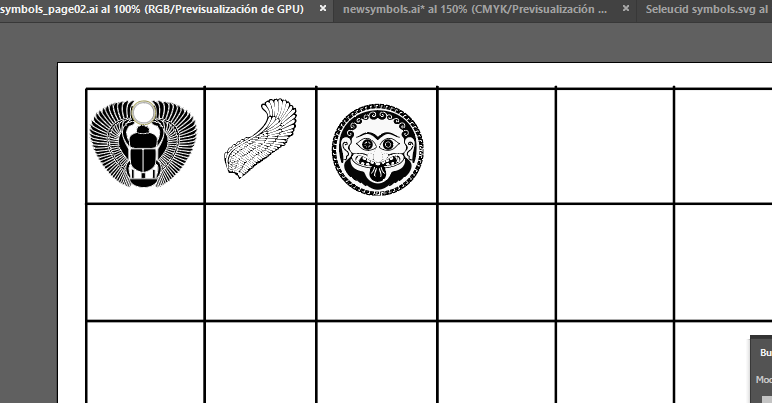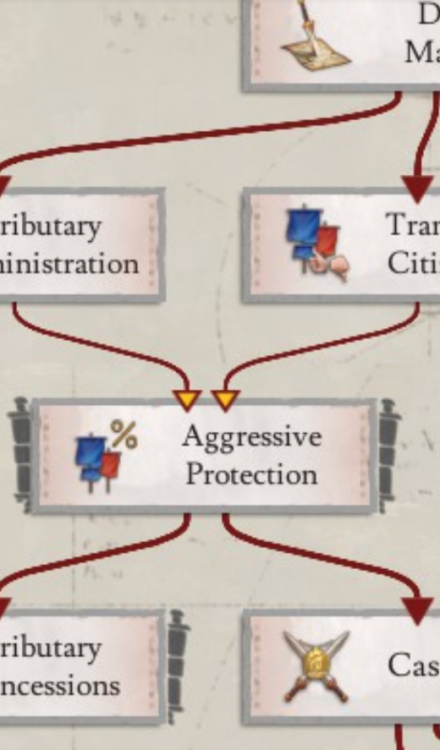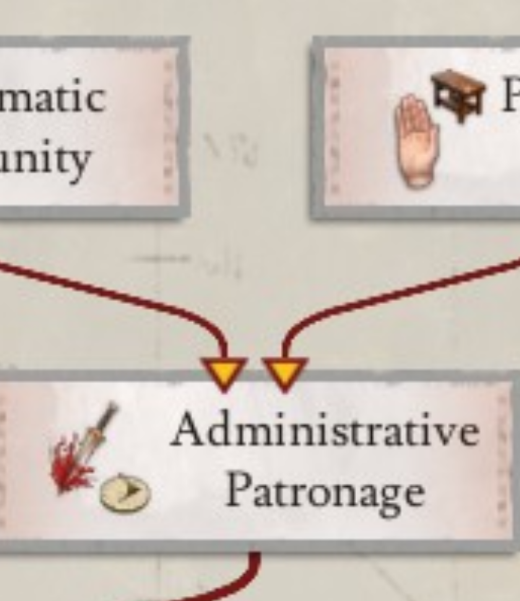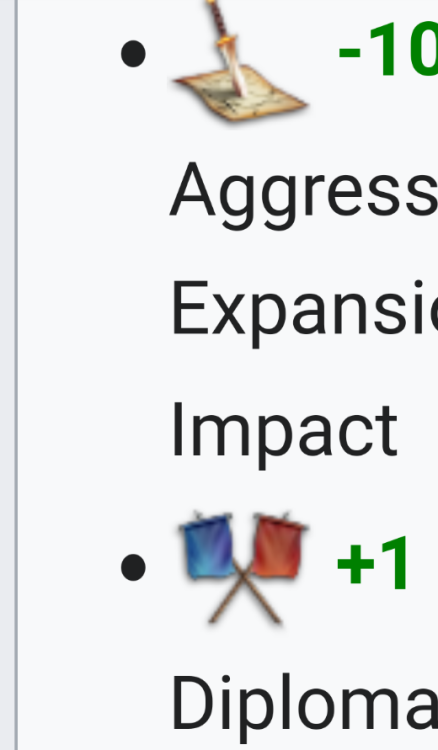-
Posts
25.684 -
Joined
-
Days Won
300
Everything posted by Lion.Kanzen
-
.thumb.png.ce58cea22940c255f5b0a735d5abee36.png)
[reference] Han dynasty Chinese architecture
Lion.Kanzen replied to Nescio's topic in Tutorials, references and art help
What is that? -
.thumb.png.ce58cea22940c255f5b0a735d5abee36.png)
==[TASK]== Improved Carthaginian Priestess
Lion.Kanzen replied to wowgetoffyourcellphone's topic in Official tasks
even for me it is difficult to draw it, there are many ideas in the images. -
the feeling of crossbow are good now.
-
nadie te sta acusando de nada. simplemente es curarse en sanidad y preguntr al lider del proyecto.
-
.thumb.png.ce58cea22940c255f5b0a735d5abee36.png)
==[TASK]== Improved Carthaginian Priestess
Lion.Kanzen replied to wowgetoffyourcellphone's topic in Official tasks
Ashtarte, astarte -
.thumb.png.ce58cea22940c255f5b0a735d5abee36.png)
==[TASK]== Improved Carthaginian Priestess
Lion.Kanzen replied to wowgetoffyourcellphone's topic in Official tasks
https://territorioibiza.wordpress.com/2015/10/11/cuando-tanit-tenia-alas-y-leia-el-futuro/ -
.thumb.png.ce58cea22940c255f5b0a735d5abee36.png)
==[TASK]== Improved Carthaginian Priestess
Lion.Kanzen replied to wowgetoffyourcellphone's topic in Official tasks
-
.thumb.png.ce58cea22940c255f5b0a735d5abee36.png)
==[TASK]== Improved Carthaginian Priestess
Lion.Kanzen replied to wowgetoffyourcellphone's topic in Official tasks
@wowgetoffyourcellphone we got it. are almost the same outfits. the top hat. dressed with the mystical moons and moons. (very Semitic by the way). Goddess, 5th Century BC, Boeotia. T The goddess Kadesh stands on a lion and holds a bouquet of lotuses in her right hand and a snake in her left. Ancient Egyptian medical stele. is similar to "Tanit symbol" https://a-kudryavets.livejournal.com/16421.html?view=comments -
.thumb.png.ce58cea22940c255f5b0a735d5abee36.png)
==[TASK]== Improved Carthaginian Priestess
Lion.Kanzen replied to wowgetoffyourcellphone's topic in Official tasks
National Bardo Museum, Tunis - photo: A well preserved mosaic in the Bardo Museum obviusly is late but still better. the attire looks like wings is no coincidence. the pose is important. many cultures have this very Important pose. } Salammbô by Alfons Mucha (1896). more modrn art. Stella showing a priest carrying a child to sacrifice © The Bardo National Museum (Tunisia) -
.thumb.png.ce58cea22940c255f5b0a735d5abee36.png)
[reference] Han dynasty Chinese architecture
Lion.Kanzen replied to Nescio's topic in Tutorials, references and art help
What do you suggest for the towers?( those that are not walls turrets.) -
.thumb.png.ce58cea22940c255f5b0a735d5abee36.png)
STOP PERSECUTING RANDOM PEOPLE! Seriously, this must stop!!!
Lion.Kanzen replied to Yekaterina's topic in General Discussion
if my country had servers... My country has basic internet laws. -
@Fabius
-
-
triplewide screen 59:9.
-
tomorrow I will test it.
-
-
I really like isometric RPGs. Their art are like from the RTS.
-
.thumb.png.ce58cea22940c255f5b0a735d5abee36.png)
[Task] [Art Management] Gathering all symbology in vectorial art
Lion.Kanzen replied to Lion.Kanzen's topic in Official tasks
-
that's how people agree.
-
almost all of those horrible changes from A24, were done in months.
-
you can still play a23. some of the changes were very dramatic. OP slingers again by the way? the game will not be the same for the rest of the life.
-
and if a speed training bonus is given? I say bring the champions back to the Fortress.




